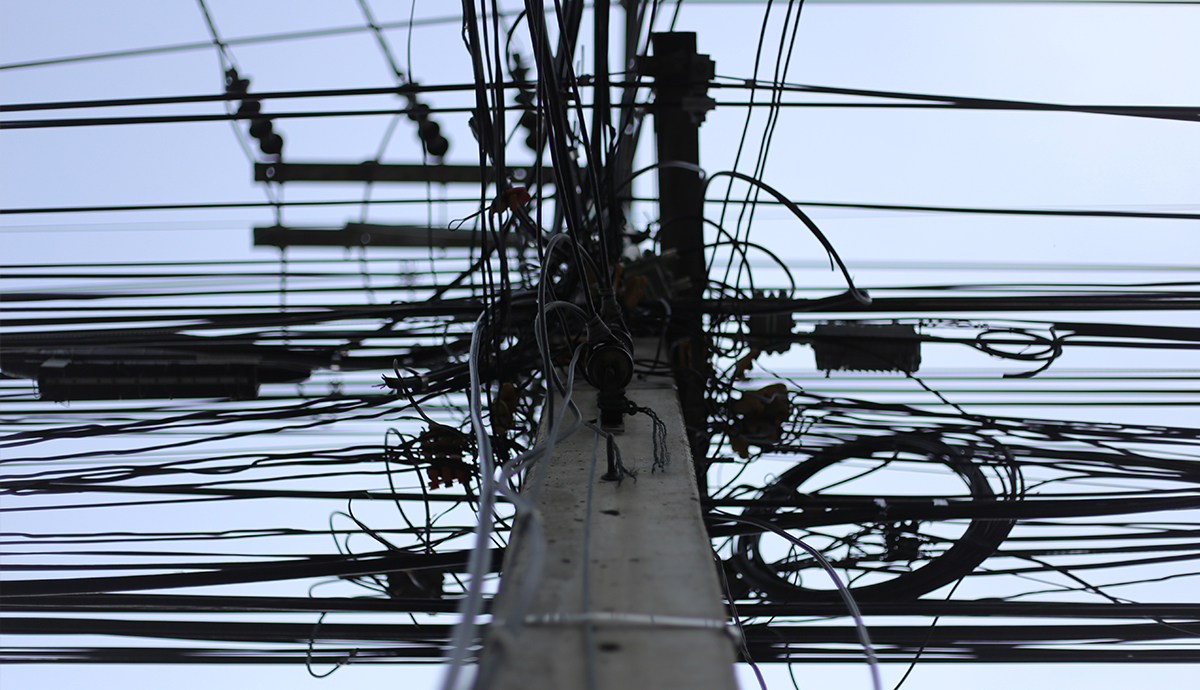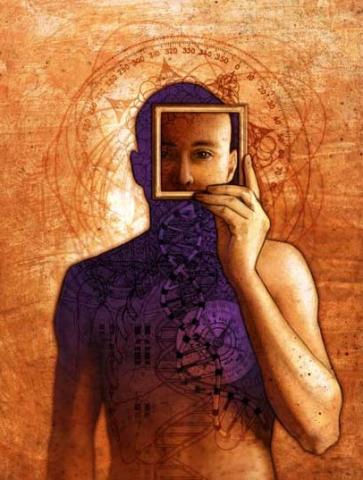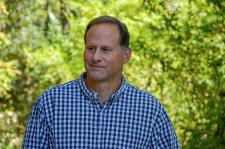What else do we have except story? To say how we love one another. To offer comfort. To prepare for grief, for suffering. To try to remember joy.
In the beginning was the word and the word was made flesh. And what were those words? Mostly the language of the body. Breast and thigh, curve of back, ankle’s stem and neck’s graceful turn like the limb of a willow nudged by the wind.
We were young, only twenty-three when we married, thirty when Noah was born. Our bodies strong and lithe, seemingly capable of anything. As I write this at fifty-three, such language seems nearly impossible, the remnants of a dream dissolving with the morning’s alarm, the body’s aging clock.
From the moment we knew Shelly was pregnant we began telling stories to Noah, chanting our love and worry, hoping he heard the words, the vibrations of our voices beneath the mound of her expanding belly, which was rounding into the shape of a basketball, quite appropriate since she played Division-I ball and would end up mothering two boys who also played in college.
We didn’t sing these makeshift songs with the idea that Noah might someday write poems or stories of his own, but simply because it’s the most human thing to do, one of the oldest ways to survive, to pass time while offering hope for some unimaginable future.
While Noah sailed upon an amniotic sea, orienting the tiny ship of his body toward the harbor where he would soon drop anchor, I tried to make sense of the changes in Shelly, the impending entrance of this baby who would need to be protected, cared for. In one sense, these fears seem banal now. After all, that’s how the human race has continued to propagate and grow in number, much to the earth’s chagrin.
Yet there’s nothing ordinary about birth. Just as a sunrise ought to continue to cause the mouth to utter an uncontrolled exhalation of thanks, a new life sprung from the womb and crying as it gulps at the air should cause knees to quake, stunned that we’re privy to the very ground of revelation.
With this in mind, somewhere around the third or fourth month of Shelly’s pregnancy, I began to write poems, many miserably bad poems. Yet I wanted to create a storehouse, similar to the cellar my grandparents had on their farm, a place to hoard what would be necessary to get through winter, to emerge in the first warm days, body and soul intact.
I was writing words for a future son to read. Words to bluff myself into believing I understood what was happening. Words to celebrate my anxiety. A few lines ended up in my first book of poems, including the following which show how much I struggled to explain to Noah, who I hadn’t even held yet, something about the miraculous daily-ness of sunlight:
And you,
who are hidden
where blood brings light,
dim, colored like those days
in the far north that have no close,
I speak to you at six in the morning,
try to describe what the light was like
as it leaked over the trees,
how it made its way
from leaf to leaf, a waterfall
rushing in its youth,
only to crash ever wider upon the earth,
flooding meadow,
rising swiftly until
the world as we knew it
drowned in the mystery
of sunlight.
"The Mystery of Sunlight" *Ripe* (Bottom Dog Press, 2002)
After Noah was born, I read this poem to him in the crib. I read it to him when he was a small boy asking how he was made. I read it when I was tired at first light, having been up with him half the night because of an earache or stomach virus, unsure how I’d get through the approaching day on such little sleep. I don’t know how much Noah understood, but I do know he smiled, even laughed, at the sound of my voice, at the words I tried to use to express what a marvel he was to me.
Nothing, however, prepared me for when he learned to write. These days, as he finishes his first year as an MFA student at Indiana University, the earth seems to wobble a bit. How could he and I have poems in the same issue of the North American Review?
He sends me drafts of poems and stories, and I can’t believe what he reveals, the kinds of insights that offer wisdom, that help me live better. When I enter his poems, it’s like watching the movement of water in the pool we hike to on the mountain near our house, tumbling over the lip of rock as it travels toward the valley, some of it stayed momentarily, churning clockwise in an oval depression, then stumbling onward in its fluid journey.
Time collapses, disparate moments sewn together.
I remember being handed surgical scissors to cut the umbilical cord that tied Noah to Shelly, her skin pale from the blood she lost in giving birth to him.
I remember reading to him before sleep, how he struggled to stay awake for another story.
I remember his kiss on my cheek or forehead, sinewy arms around my neck.
And now I listen with an urgency to his words.
I’m not sure how he does it, but what he writes shows me a way back to a place I’ve never been, a place it seems like I was traveling toward all along.




